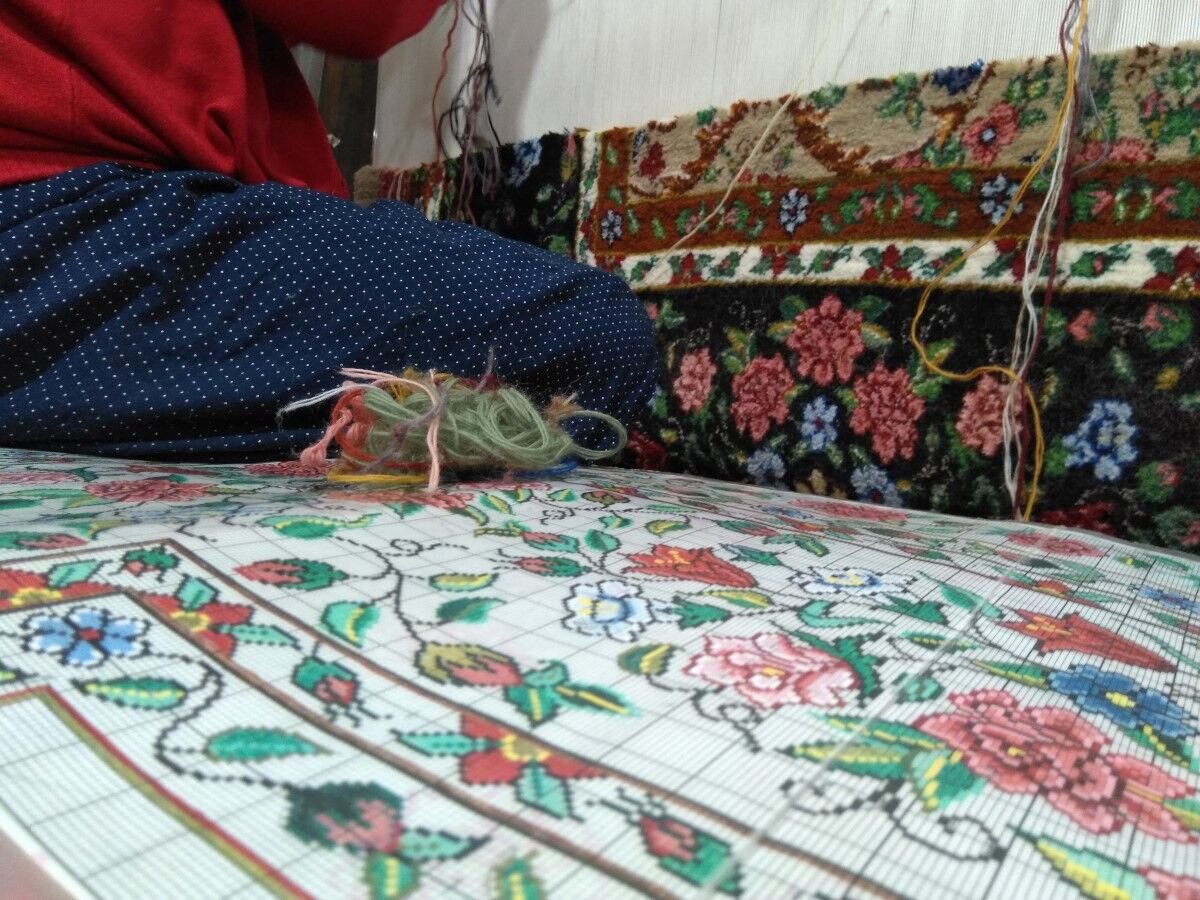Iranian province seeks global recognition for its hand-woven carpets

TEHRAN – Kordestan province is hoping to win UNESCO status for its Takpud carpets, a local official has said.
The provincial authorities have put the global registration of Sanandaj’s Takpud carpet on their agenda, IRNA quoted Hamidreza Amani as saying on Saturday.
Global recognition of this carpet is crucial as it significantly boosts sales and export markets for this exceptional product worldwide, the official added.
The hand-woven carpets of Kordestan are among the most authentic Iranian carpets, known worldwide for their beauty and durability.
Persian carpets are sought after internationally, with the medallion pattern being arguably the most characteristic feature of them all. Weavers spend several months in front of a loom, stringing and knotting thousands of threads. Some practice established patterns. Some make their own.
Each Persian carpet is a scene that seems ageless, a procedure that can take as long as a year. These efforts have long put Iran’s carpets among the most complex and labor-intensive handicrafts in the world. When the weaving is finally done, the carpet is cut, washed, and put out in the sun to dry.
Throughout history, invaders, politicians, and even enemies have left their impact on Iran’s carpets. As mentioned by Britannica Encyclopedia, little is known about Persian carpet making before the 15th century, when art was already approaching a peak.
For instance, the Mongol invasion of the 13th century depressed Persia’s artistic life, only partially restored by the renaissance under the Mongol Il-Khan dynasty (1256–1353). Although the conquests of Timur (who died in 1405) were in most respects disastrous to Persia, he favored artisans and spared them to work on his great palaces in Samarkand.
Later in the 17th century, there was a growing demand for the production of so many gold-and-silver-threaded carpets that were ultimately exported to Europe. Some were made in Kashan, but many of the finest came from Isfahan. With their high-keyed fresh colors and opulence, they have affinities with European Renaissance and Baroque idioms.
At the beginning of the 18th century, nomads and town dwellers were still making carpets using dyes developed over centuries, each group maintaining an authentic tradition. Not made for an impatient Western market, these humbler rugs of the “low school” are frequently beautifully designed and are of good material and technique.
ABU/AM
Leave a Comment